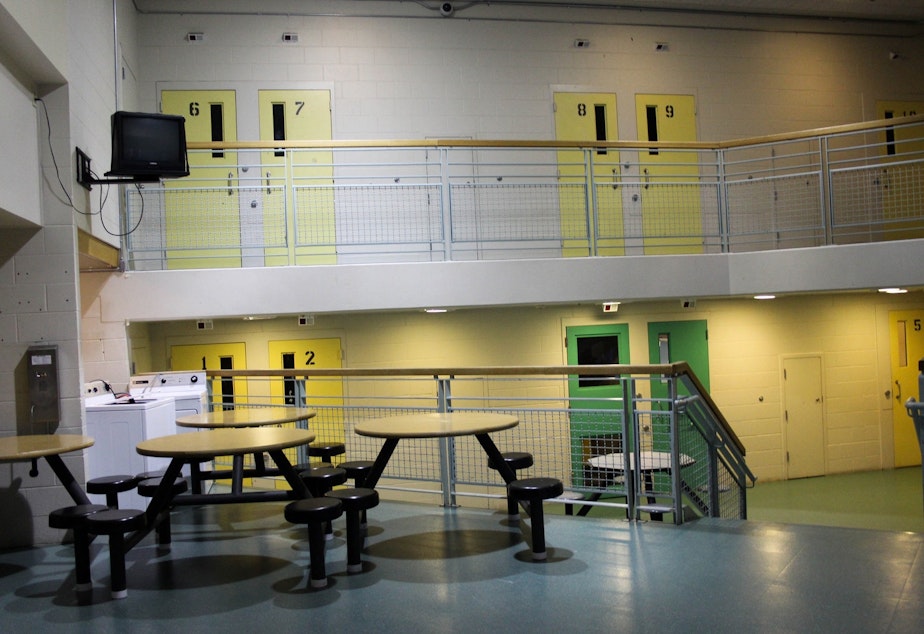5 ways to reform youth justice in King County, according to this retiring judge

J. Wesley St. Clair has been a prosecutor, a defense attorney and a judge. His last eight years on the bench were in juvenile court.
Judge St. Clair is retiring, and we wanted to hear his thoughts on juvenile justice in King County. Here's what he said.
1.
The No New Youth Jail Coalition is necessary (but so is the new jail)
Unlike some of my colleagues, I thought the advocates did a great job. I really did. They made us as institutions look to really justify and then shift our thinking.
The advocates' presentations about issues of restorative justice gave me the ability to say well let's go try something different.
I honor those folks who have continued to point out the fact of the prison industrial complex begins in schools and juvenile court.
But take a tour of the facility. It’s dismal at best. If this were where we are bringing our families in crisis, then it indicated that we don’t think very much of those families.
The vast majority of the work that will be done in the new facility will be on dependency. Those are families where there are allegations of neglect and abuse, where the state is considering stepping in.
2.
We need to end youth homelessness, now.
It's very difficult to have stability and education when your housing is so unstable. When you’re couch surfing, when you are wondering where you're gonna be sleeping, or you didn't get something to eat.
We are not utilizing all our resources in a way that makes it so we can get those right services to the kids at the time when they need them. It's really having those resources available when ‘Eddie’ or ‘Jason’ says, ‘Hey I need this,’ And we go ‘okay, we've got you covered.’
3.
We are not adequately addressing their trauma.
We know that almost 78 percent of young people in the juvenile justice system have either substance abuse issues or mental health issues. Sixty percent have not been in school for six months.
Whatever mental health services we have, they're ineffective. They're not culturally relevant, or linguistically appropriate. Even the treatment modalities we have oftentimes are based upon adult system. Interpreting adults programming to juvenile programming ... it doesn't work.
How do we, in a more holistic, intentional way, create these models?”
I would hope that we figure out a way through government and/or private funding.
And then let's start a pilot or purchase a house or a setting where you would have a number of service providers at the same time. Schooling, mental health, job readiness, food because lots of kids are hungry. And at the same time then be able to feed out and to some housing supportive housing types of models.
4.
We need to intervene earlier. Second grade. Third grade. Because when kids get kicked out of the classroom they end up in court.
We need to provide services at a much earlier point in time. At some point the patterns already set. When you're looking at third, fourth, and fifth graders, you have an opportunity to provide effective intervention.
But it can't be based upon a model that says, "I'm going to fix this broken kid. I'm going to fix this broken family."
We have to understand institutional racism. We have to understand the adolescent brain, adverse childhood experiences, toxic stress, historical trauma all these things have to be built in to the model.
5.
There are better ways to hold youth accountable, but we need to have the guts to implement them. And also be willing to fail. Community programs can work where institutions have failed, but they need real funding to do the work.
If we really want to make impact with young people, we can't depend on systems that have shown to be completely ineffective at providing services to those populations.
If we’re really going to create partnerships, then we need to be providing the community the same level of resources that we provide our institutions.




